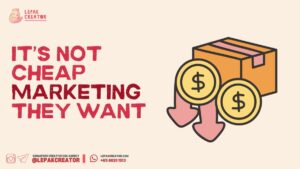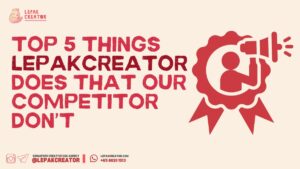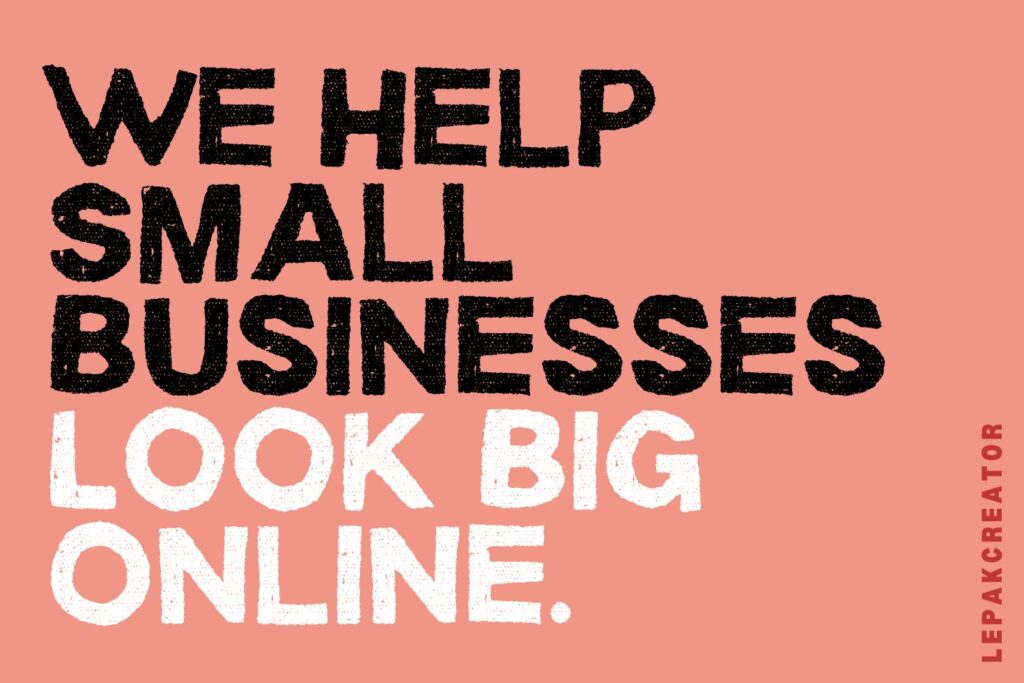If you’ve ever felt overwhelmed by marketing terms, you’re not alone. The world of marketing is filled with jargon that can make even the most seasoned professionals pause for a second. But don’t worry—we’re here to break it all down for you in simple terms so you can navigate the marketing landscape with ease.
Here are 30 essential marketing terms explained in layman’s terms, so you’ll understand how they help your business grow and thrive:
1. SEO (Search Engine Optimization)
SEO helps your content show up when people search on Google. The better your SEO, the more likely you are to attract people who are already interested in what you offer.
2. PPC (Pay-Per-Click)
With PPC, you only pay when someone clicks your ad. It’s a quick way to drive traffic to your website and get potential customers to take action.
3. Social Media Marketing
Social media marketing involves using platforms like Instagram and Facebook to promote your brand and engage with your audience. It’s about building relationships and growing your customer base.
4. Retargeting
Retargeting is showing ads to people who have interacted with your brand before, reminding them of your products and encouraging them to come back and make a purchase.
5. CRO (Conversion Rate Optimization)
CRO is all about improving your website to get more people to take action, whether it’s making a purchase, signing up for a newsletter, or contacting you for more information.
6. Content Marketing
Content marketing is creating valuable, informative content (blogs, videos, posts) that helps attract, educate, and engage your audience. It builds trust and encourages customers to buy from you.
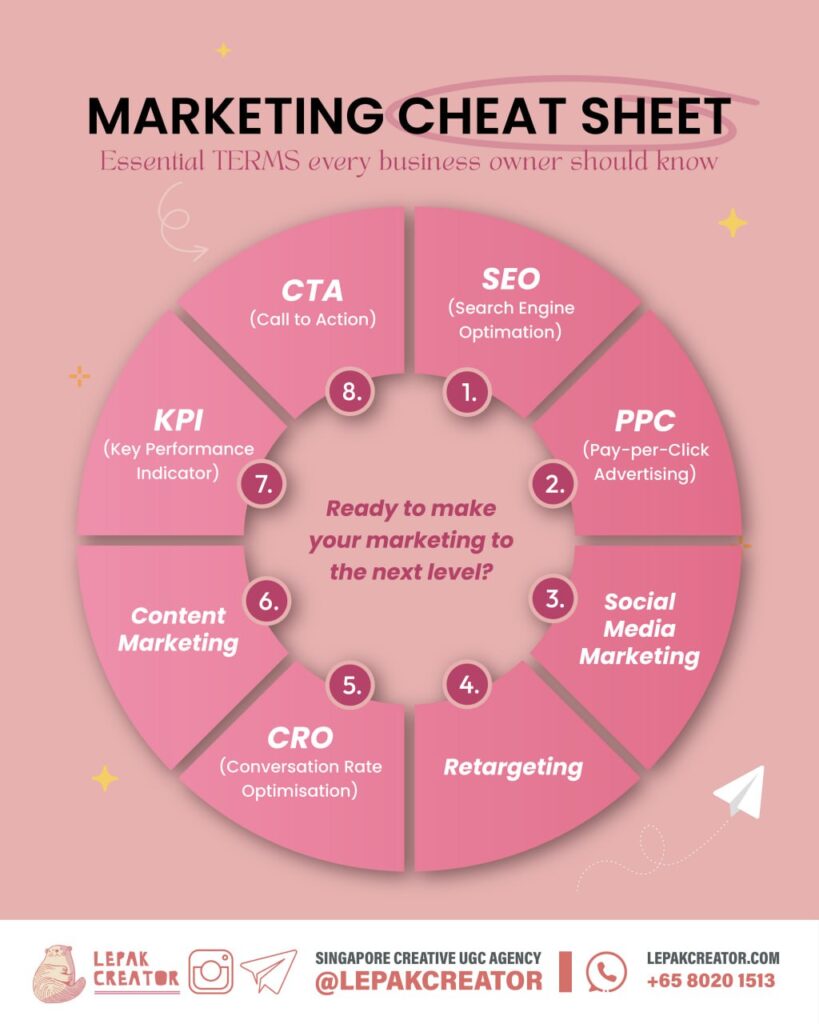
7. KPI (Key Performance Indicator)
KPIs are the metrics you track to measure the success of your marketing efforts. These might include things like engagement, website visits, or actual sales.
8. CTA (Call to Action)
A CTA is a message that tells your audience what to do next, like “Sign Up Now” or “Shop the Sale.” It guides people to take the next step in your funnel.
9. Brand Awareness
Brand awareness is how well people recognize your brand. The more familiar your audience is with you, the more likely they are to buy from you.
10. Affiliate Marketing
Affiliate marketing is when you partner with influencers or other businesses to promote your product. In exchange, you pay them a commission for sales generated through their referral.
11. A/B Testing
A/B testing is a way of testing two versions of something (like an ad or webpage) to see which one gets better results. It’s a great way to figure out what works best for your audience.
12. Lead Generation
Lead generation is the process of attracting and collecting contact information from potential customers, often through offers like freebies or sign-up forms.
13. Funnel
The marketing funnel represents the journey your customer takes from first discovering your brand to eventually making a purchase. The goal is to guide them through each step smoothly.
14. Email Marketing
Email marketing uses emails to communicate with your audience. It helps keep them informed, nurtures relationships, and encourages them to make a purchase or take action.
15. Organic Reach
Organic reach refers to how many people see your content without you paying for ads. It’s based on how engaging and shareable your posts are.

16. Paid Media
Paid media is any advertising you pay for—think Google Ads, Facebook Ads, or sponsored posts. It’s a way to get your content in front of more people.
17. Influencer Marketing
Influencer marketing is when you collaborate with influencers to promote your products. Their followers trust their opinions, so it’s a great way to reach a wider audience.
18. Market Segmentation
Market segmentation involves dividing your audience into smaller groups based on characteristics like age, location, or interests. This allows you to target each group with tailored messaging.
19. Brand Positioning
Brand positioning is how your brand is perceived in relation to your competitors. It’s about carving out a unique space in the market that attracts your ideal customers.
20. Customer Lifetime Value (CLV)
CLV is the total amount of revenue you expect a customer to generate over their lifetime with your brand. The higher your CLV, the more profitable each customer is.
21. Churn Rate
Churn rate is the percentage of customers who stop using your product or service over time. A high churn rate means you’re losing customers quickly, which isn’t ideal.
22. Engagement Rate
Engagement rate measures how much your audience interacts with your content (likes, comments, shares). Higher engagement usually means your content is resonating with your audience.
23. Geo-Targeting
Geo-targeting is the practice of showing ads to people based on their physical location. It helps businesses deliver more relevant ads to users in specific areas.
24. Remarketing
Remarketing is when you target people who’ve interacted with your brand before, reminding them of your products or services and encouraging them to come back.
25. UGC (User-Generated Content)
UGC refers to content created by your customers, like reviews or social media posts featuring your product. It’s a form of social proof that builds trust and credibility.
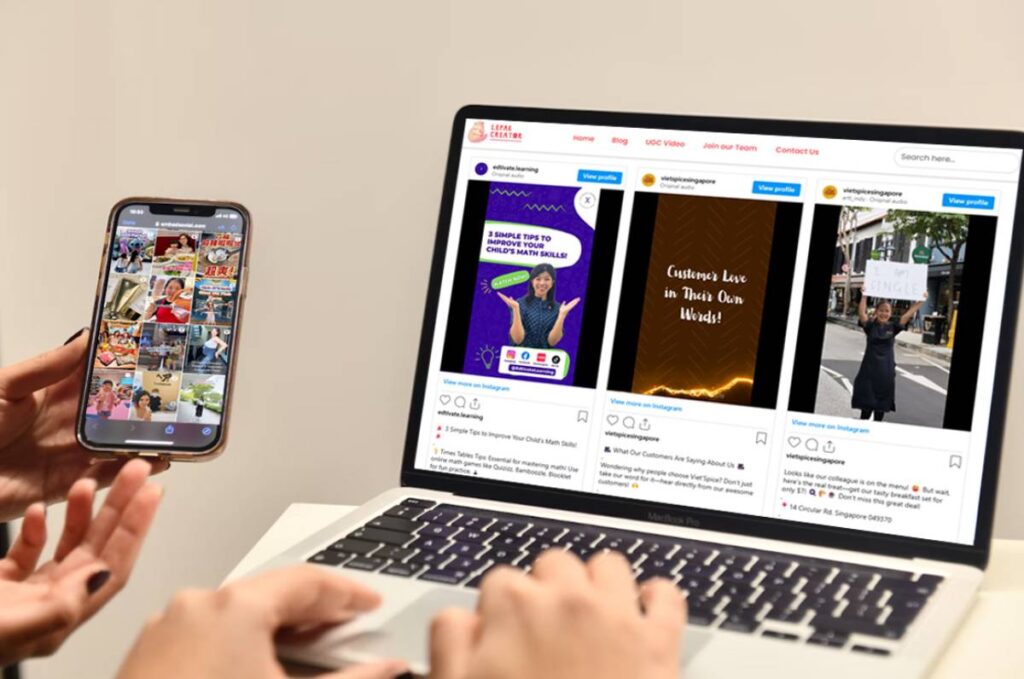
26. Bounce Rate
Bounce rate is the percentage of people who visit your website and leave without interacting. A high bounce rate suggests your site isn’t engaging enough or isn’t meeting visitor expectations.
27. Sales Funnel
A sales funnel is the process that focuses on converting leads into paying customers. It’s about nurturing prospects through various stages until they’re ready to buy.
28. Drip Campaign
A drip campaign is a series of automated emails sent to nurture leads over time. Each email builds on the last, guiding the recipient toward making a purchase.
29. Content Calendar
A content calendar is a schedule that helps you plan out the content you want to publish. It helps you stay organized and ensures consistent posting.
30. Impressions
Impressions refer to how many times your content is shown, whether or not someone clicks on it. It’s a good indicator of how many people have been exposed to your brand.
In Conclusion:
Understanding these marketing terms helps you see the bigger picture and how each strategy fits together to support your business growth. Whether you’re attracting new leads, nurturing existing ones, or converting them into paying customers, mastering these concepts will give you the tools you need to succeed in the world of digital marketing.
(Credits: Pexels)
👉🏻 Look out for the latest Marketing & related Tips @lepakcreator Telegram Channel!
Since you’re here, why not Read:


